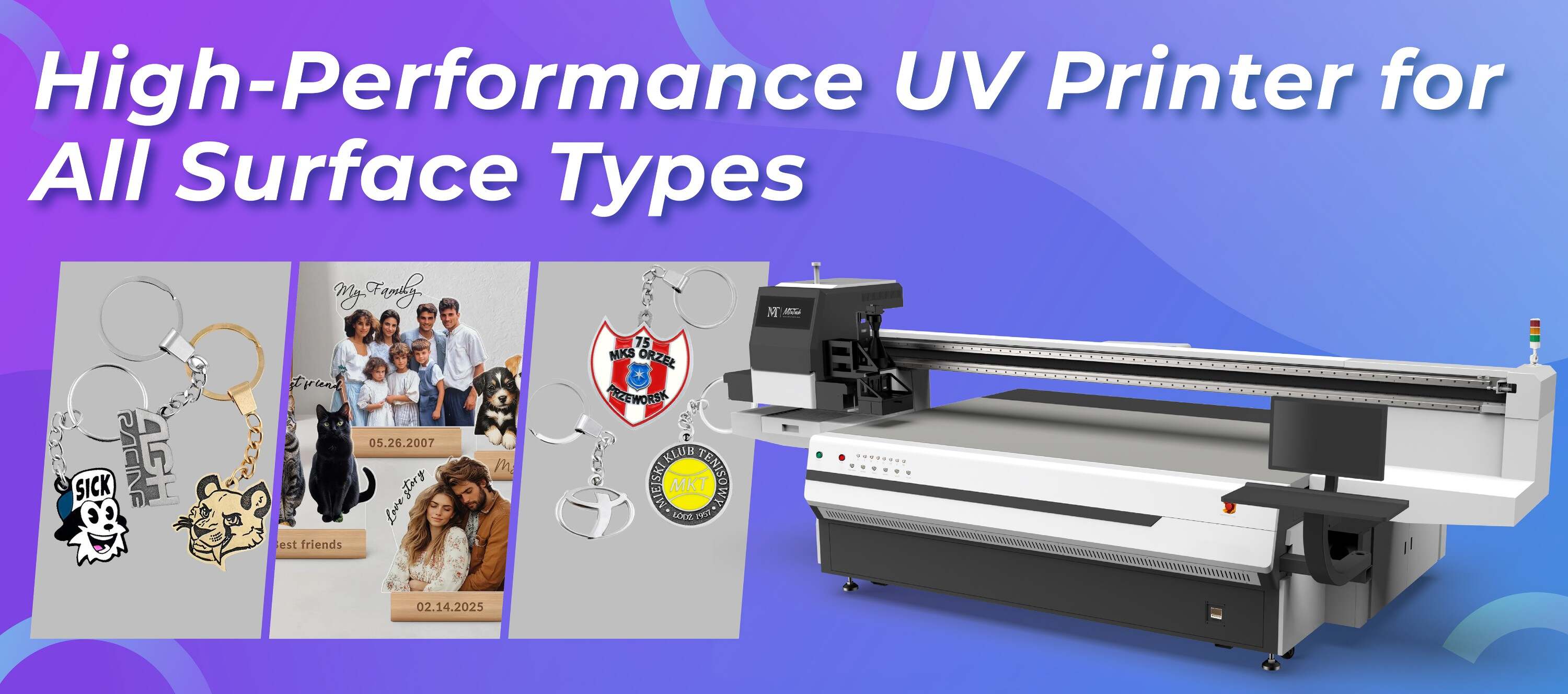Visual Positioning UV Printing in the Aerospace Industry
Introduction
In the aerospace industry, precision is not just a requirement but a necessity. From manufacturing components to assembling complex systems, the need for high-quality visual representation and durability cannot be overstated. One innovative solution that has gained significant traction in this field is Visual Positioning UV Printing. This advanced method leverages ultraviolet (UV) light to cure ink rapidly, allowing for exceptional print quality and precision. In this blog post, we will delve into the importance of Visual Positioning UV Printing in the aerospace sector, its benefits, features, and applications.
Understanding Visual Positioning UV Printing
Visual Positioning UV Printing is a state-of-the-art technology that utilizes UV light to solidify inks as they are printed on various substrates. This method is particularly effective in environments where accuracy and detail are paramount, such as in aerospace manufacturing. Unlike traditional printing methods, which may suffer from smudging or fading, UV printing offers several advantages that enhance performance and longevity.
Benefits of Visual Positioning UV Printing in Aerospace
1. Exceptional Print Quality
One of the standout features of Visual Positioning UV Printing is its ability to produce sharp, clear, and vibrant images. The curing process ensures that the ink adheres well to surfaces, resulting in high-quality graphics that are crucial for labeling, branding, and identification in the aerospace sector.
2. Durability and Longevity
Aerospace components are often exposed to harsh environments, including extreme temperatures, humidity, and chemical exposure. UV-cured inks are highly resistant to fading, scratching, and other forms of wear and tear, making them suitable for longer-lasting applications.
3. Speed and Efficiency
The rapid curing process of UV printing translates to quicker turnaround times for production. This is particularly advantageous in the aerospace industry, where timelines are critical and delays can lead to significant cost overruns.
4. Versatile Substrate Compatibility
Visual Positioning UV Printing can be used on a wide variety of materials, including metals, plastics, and ceramics, which are commonly found in aerospace components. This versatility allows manufacturers to streamline their printing processes and reduce the need for multiple printing technologies.
Features of Visual Positioning UV Printing Technology
1. Precision Positioning
The technology incorporates advanced optical systems that ensure precise alignment of prints. This feature is crucial for components that require exact measurements for optimal performance.
2. Low Operational Costs
Visual Positioning UV Printing minimizes waste due to its precise application of ink and quick curing. This efficiency reduces operational costs and enhances overall profitability for aerospace manufacturers.
3. Eco-Friendly Solutions
Traditional printing methods often use solvents that can harm the environment. In contrast, UV printing typically uses inks that are free from hazardous components, providing a more sustainable option for aerospace manufacturers aiming to reduce their carbon footprint.
4. Customization Capabilities
With Visual Positioning UV Printing, manufacturers can create highly customized prints tailored to specific needs—whether it’s unique branding elements or technical specifications. This customization is vital in maintaining a competitive edge in the aerospace industry.
Applications in the Aerospace Industry
The applications of Visual Positioning UV Printing in the aerospace sector are extensive:
·
Labels and Markings: Used for marking components with identification numbers, barcodes, and safety labels.
·
·
Custom Components: Ideal for printing directly on electrical enclosures and control panels.
·
·
Visual Communication: Useful for creating instructional graphics or safety information displayed within aircraft.
·
·
Prototypes: Supports rapid prototyping for parts and components, aiding in the development process.
·
Challenges and Considerations
1. Initial Setup Costs
While Visual Positioning UV Printing offers numerous benefits, the initial investment in equipment can be significant. However, manufacturers need to weigh these costs against the long-term savings and efficiency gains.
2. Material Limitations
Not all materials may be suitable for UV printing. It's essential for companies to conduct thorough tests to ensure the chosen substrate can handle UV inks without compromising the integrity of the component.
3. Training and Expertise
Effective utilization of Visual Positioning UV Printing requires skilled personnel who are familiar with the technology and its applications. Training staff may take time and resources, but it is necessary for leveraging the full potential of the technology.
Conclusion
Visual Positioning UV Printing is transforming the aerospace industry by offering unmatched print quality, durability, and efficiency. As the industry continues to seek ways to improve production processes and reduce costs, this innovative technology stands out as a viable solution. With its capability to handle a range of substrates and provide precise, long-lasting prints, it is well-positioned to support the evolving demands of aerospace manufacturing. For businesses looking to enhance their printing capabilities, explore our high-quality Visual Positioning UV printers here and take a step toward modernization in your operations.
FAQ
What is Visual Positioning UV Printing?
Visual Positioning UV Printing is a technique that uses ultraviolet light to cure ink as it is printed, allowing for high-quality prints on various substrates, important in industries requiring precision, such as aerospace.
How does it benefit the aerospace industry?
This technology offers benefits like exceptional print quality, durability, speed in production, and the ability to print on multiple materials, which are all critical factors in aerospace manufacturing.
Is Visual Positioning UV Printing environmentally friendly?
Yes, UV printing typically uses inks that are free of hazardous solvents, making it a more eco-friendly option compared to traditional printing methods that may use harmful chemicals.
What are the challenges associated with Visual Positioning UV Printing?
Challenges may include high initial setup costs, material compatibility issues, and the need for trained personnel to operate the technology effectively.
Can Visual Positioning UV Printing be used for customization?
Absolutely! This printing method excels in producing custom prints for unique specifications, which is vital for branding and technical needs in the aerospace sector.

